Collective Individualism IV
Date: Sep 9th to Oct 23rd


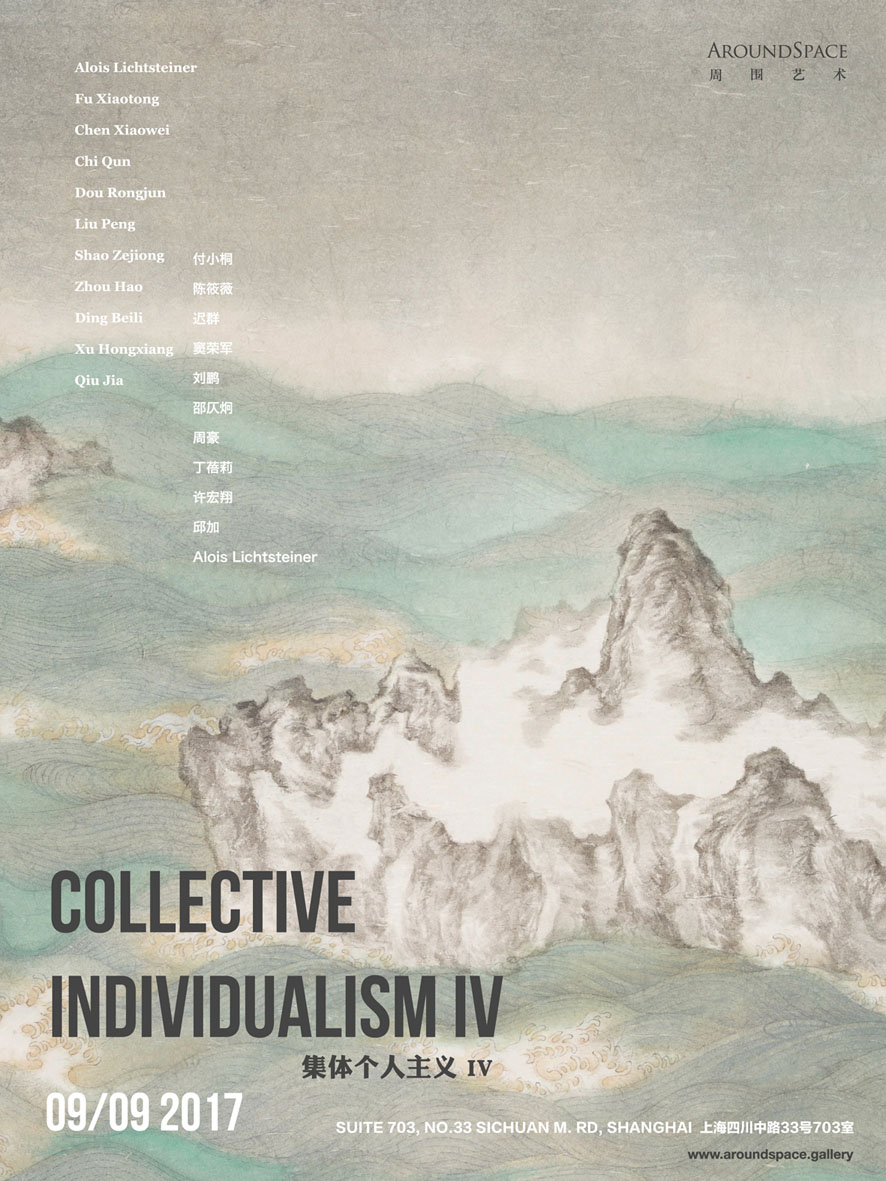
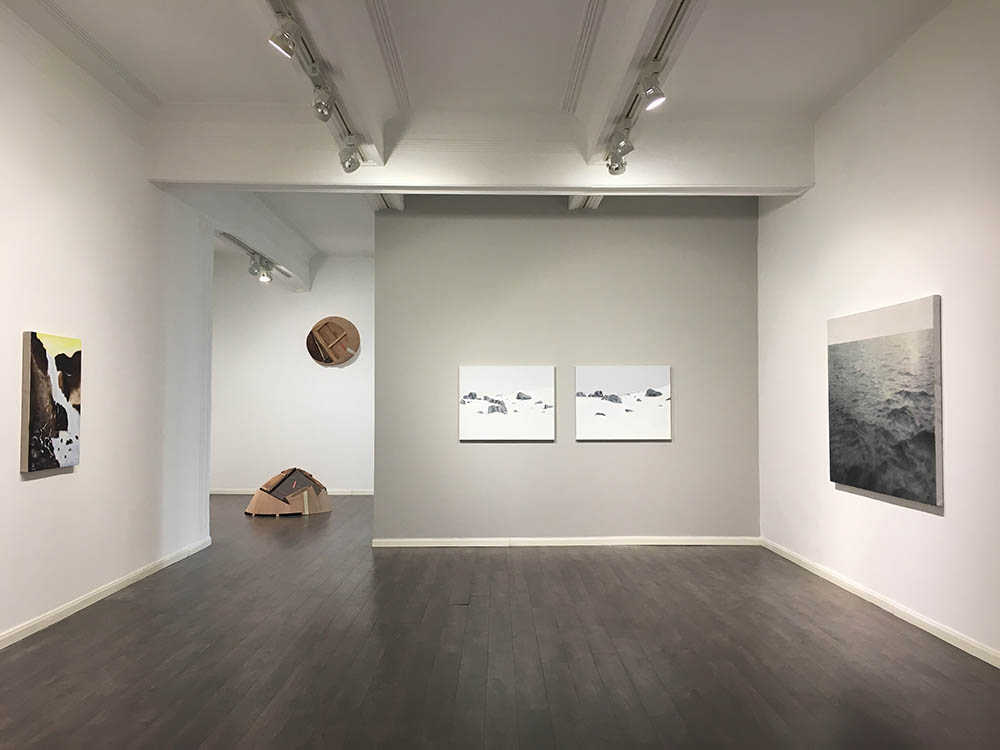
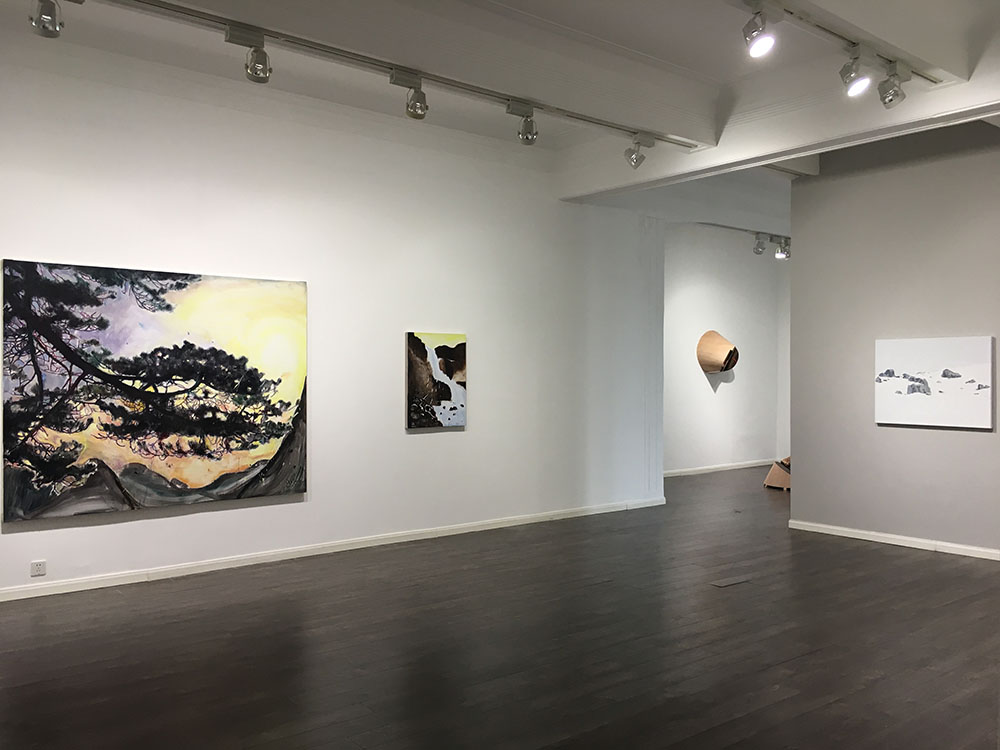

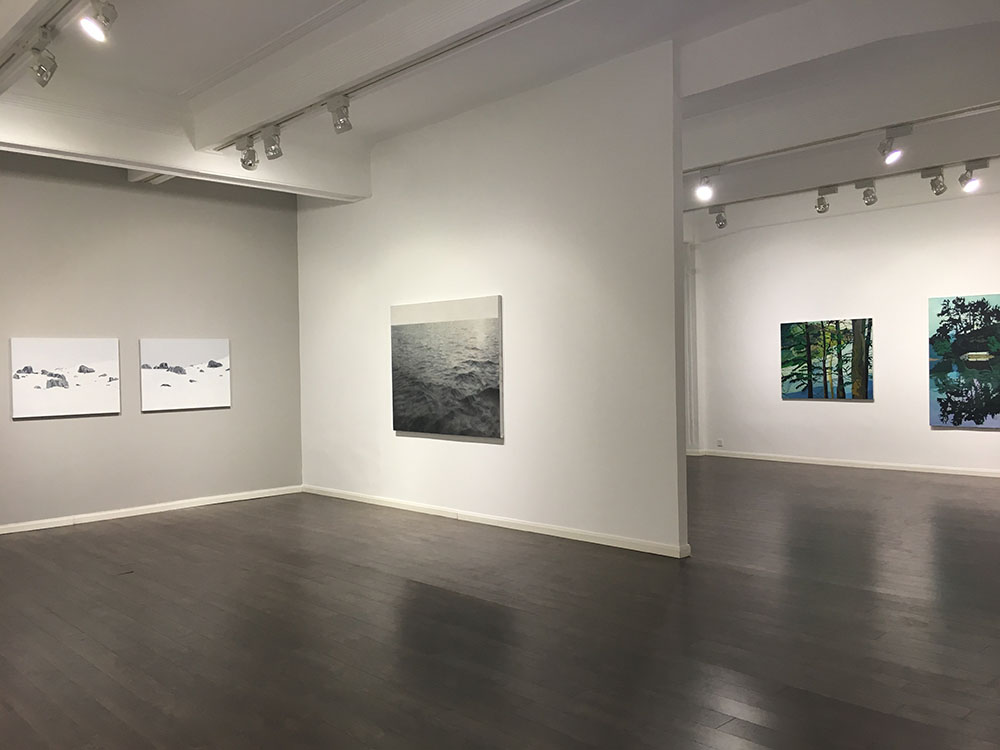
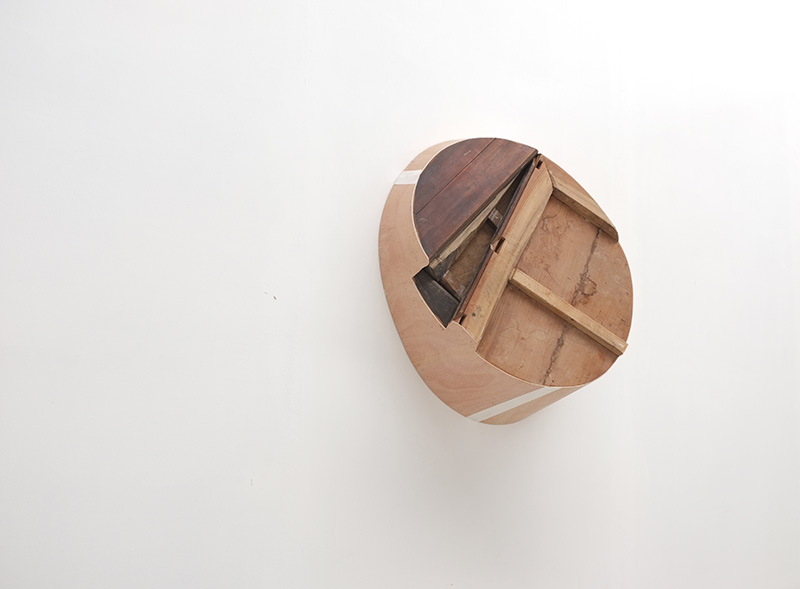

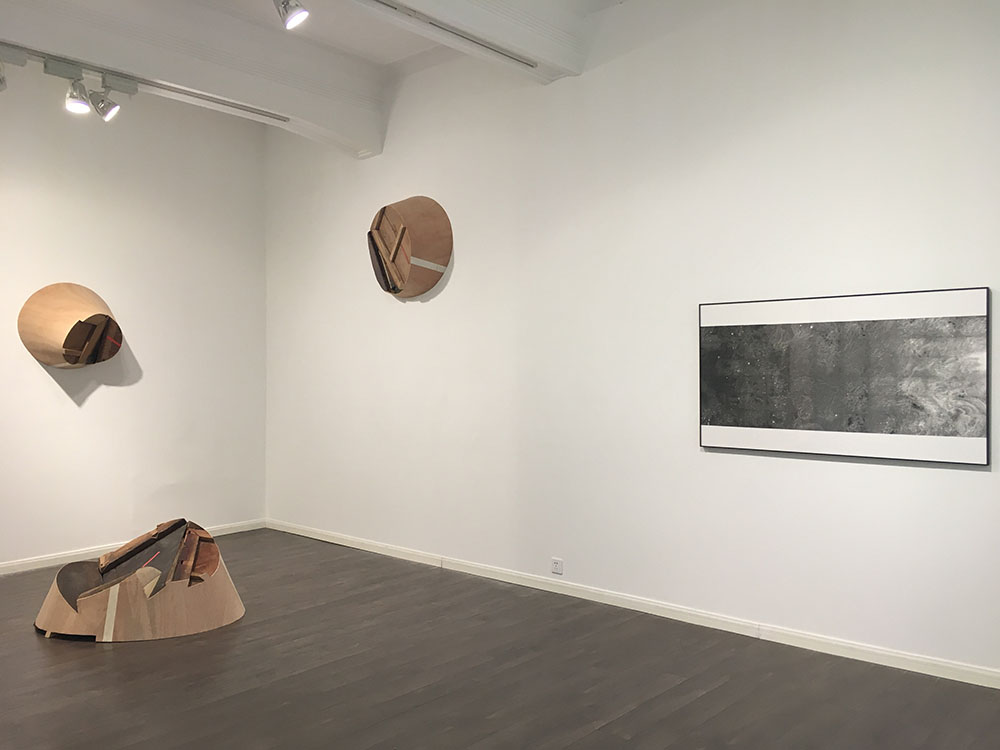
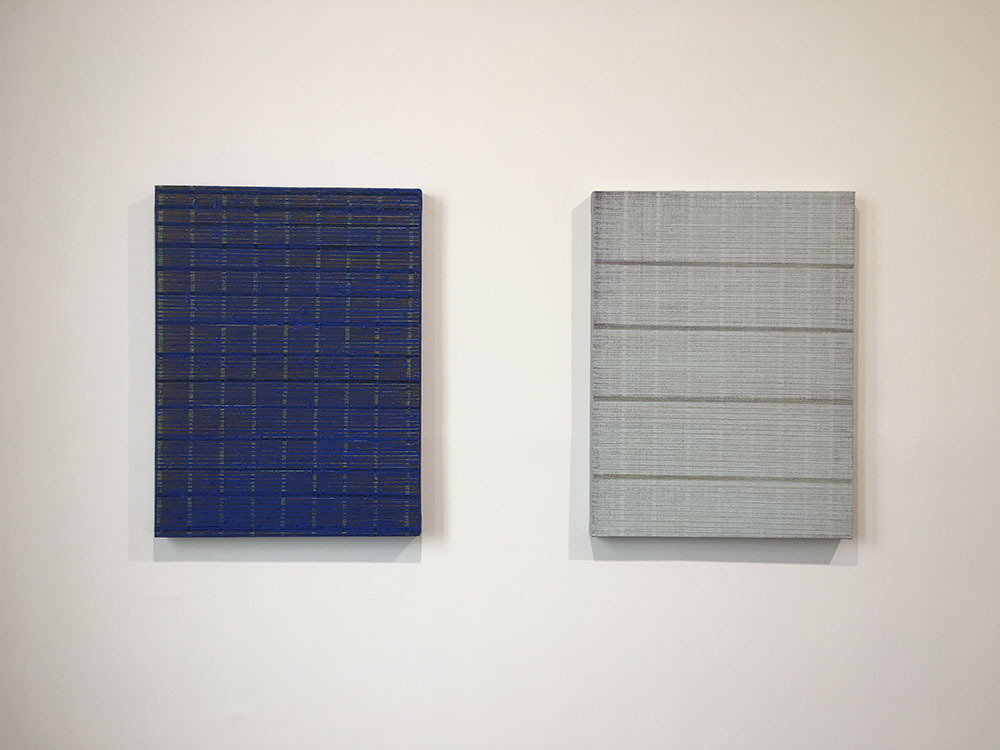

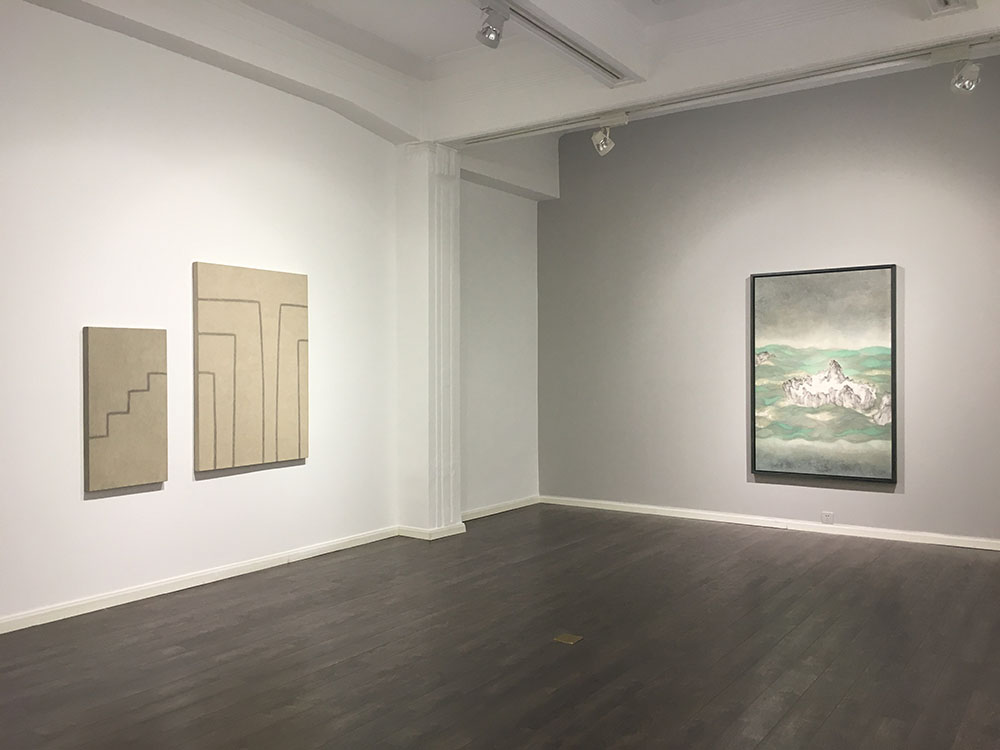

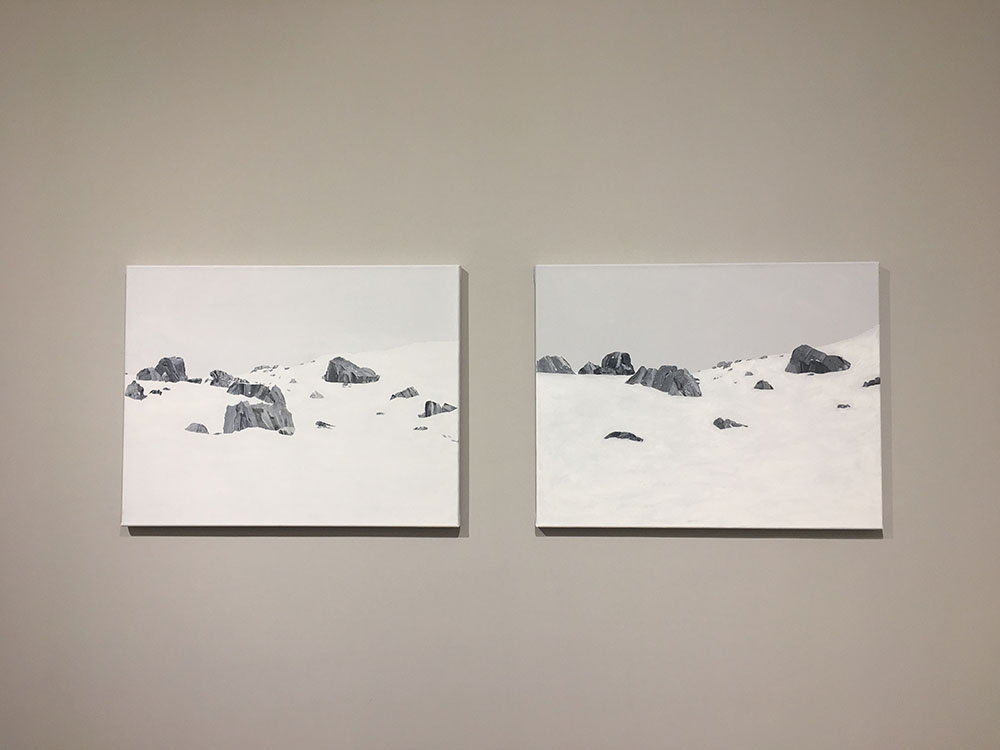

Press Release
Swiss psychiatrist Carl Jung developed the concept of the collective unconscious based on Freud's studies. Collective unconscious is hidden in the bottom of our unconscious mind; it is the mark left by generations of human experience. No matter how different our personal consciousness is, as a particular species of human being, we sometimes have similar behaviors. Collective unconscious is not forgotten, but most of us are unaware of it, as if it is the under-water part of an island.
This September, AroundSpace will introduce Collective Individualism IV, a group show inspecting 11 artists' recent creations. Through examining the interconnections between their works, this show brings to the audience contemporary art's contextualization and complexity. An important feature of this show is to juxtapose these artists' works, presenting their similarity and contrast. These interconnections can be coincidental but also inevitable. They are coincidental, as each artist reflects the world independently and differently. Yet they are also inevitable: in today's globalized art world, no matter where the artists are, they may be interested in and respond to same issues and topics.
Fu Xiaotong and Chen Xiaowei are two female artists both in their late thirties and live in Beijing and Boston, respectively. Last year, they were both included as finalists for two prestigious international art prizes. Their works shown here are contrasted in colors, but share similar artistic approaches. In her 2017 work Wave, Fu pierced laminated rice paper tens of thousand times, creating sophisticated layers in a pure white surface. In her drawing Shines Upon the Left, Chen filled the paper with black lines made by oil-based needle pen. Both Fu and Chen's work process seems to be a meditation that joins the artists' minds and hands. Tokyo-based Zhou Hao and Beijing-based Chi Qun received different art educations and had different life experiences; they both choose abstract art as their style, positioning lines and shapes on canvas, although each has a different color scheme. Two "post-1980-born" artists Liu Peng and Xu Hongxiang respond to current visual discourses enthusiastically in their works. Ding Beili and Shao Zejiong follow tradition more closely than others in this group. Using ink art as medium, Ding's sensitive and subtle gray tones, and Shao's saturated color choices, gradually incorporate contemporary elements into traditional aesthetics. Nanjing-based Dou Rongjun and Switzerland-based Alois Lichtsteiner capture water and mountains on canvas with non-descriptive visual languages, informing natural landscapes with humanity. Qiu Jia is the only artist in this group who uses sculpture as medium. After one year studying at the Royal College of Arts in London, his recent work presents the audience his pursuit for an ultimate proposition: what is art.
Whether monochrome or colorful, tradition or contemporary, these 11 artists collectively explore and join the global art context and dialogue, but also retain their distinguished individual styles. This is what the artists present and express in Collective Individualism IV.
Artists:
Fu Xiaotong, Chen Xiaowei, Chi Qun, Zhou Hao, Liu Peng, Xu Hongxiang, Ding Beili, Shao Zejiong, Qiu Jia, Dou Rongjun, and Alois Lichtsteiner
This September, AroundSpace will introduce Collective Individualism IV, a group show inspecting 11 artists' recent creations. Through examining the interconnections between their works, this show brings to the audience contemporary art's contextualization and complexity. An important feature of this show is to juxtapose these artists' works, presenting their similarity and contrast. These interconnections can be coincidental but also inevitable. They are coincidental, as each artist reflects the world independently and differently. Yet they are also inevitable: in today's globalized art world, no matter where the artists are, they may be interested in and respond to same issues and topics.
Fu Xiaotong and Chen Xiaowei are two female artists both in their late thirties and live in Beijing and Boston, respectively. Last year, they were both included as finalists for two prestigious international art prizes. Their works shown here are contrasted in colors, but share similar artistic approaches. In her 2017 work Wave, Fu pierced laminated rice paper tens of thousand times, creating sophisticated layers in a pure white surface. In her drawing Shines Upon the Left, Chen filled the paper with black lines made by oil-based needle pen. Both Fu and Chen's work process seems to be a meditation that joins the artists' minds and hands. Tokyo-based Zhou Hao and Beijing-based Chi Qun received different art educations and had different life experiences; they both choose abstract art as their style, positioning lines and shapes on canvas, although each has a different color scheme. Two "post-1980-born" artists Liu Peng and Xu Hongxiang respond to current visual discourses enthusiastically in their works. Ding Beili and Shao Zejiong follow tradition more closely than others in this group. Using ink art as medium, Ding's sensitive and subtle gray tones, and Shao's saturated color choices, gradually incorporate contemporary elements into traditional aesthetics. Nanjing-based Dou Rongjun and Switzerland-based Alois Lichtsteiner capture water and mountains on canvas with non-descriptive visual languages, informing natural landscapes with humanity. Qiu Jia is the only artist in this group who uses sculpture as medium. After one year studying at the Royal College of Arts in London, his recent work presents the audience his pursuit for an ultimate proposition: what is art.
Whether monochrome or colorful, tradition or contemporary, these 11 artists collectively explore and join the global art context and dialogue, but also retain their distinguished individual styles. This is what the artists present and express in Collective Individualism IV.
Artists:
Fu Xiaotong, Chen Xiaowei, Chi Qun, Zhou Hao, Liu Peng, Xu Hongxiang, Ding Beili, Shao Zejiong, Qiu Jia, Dou Rongjun, and Alois Lichtsteiner
Artists

